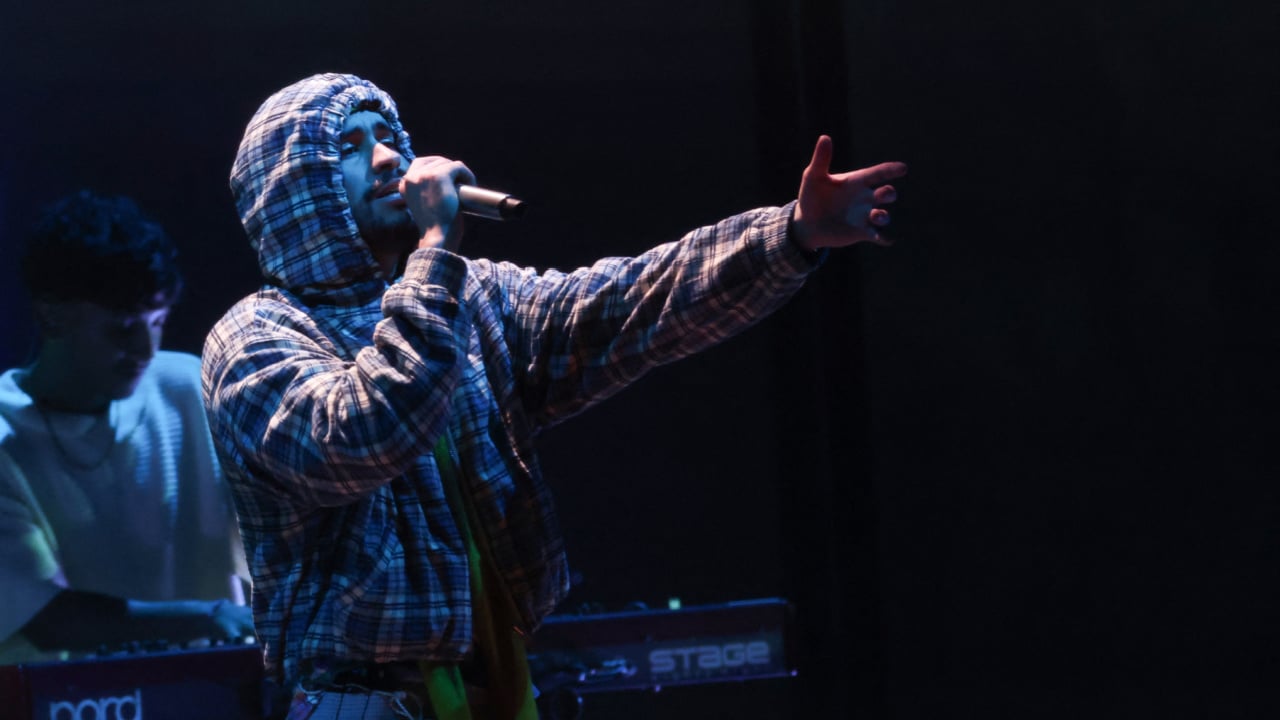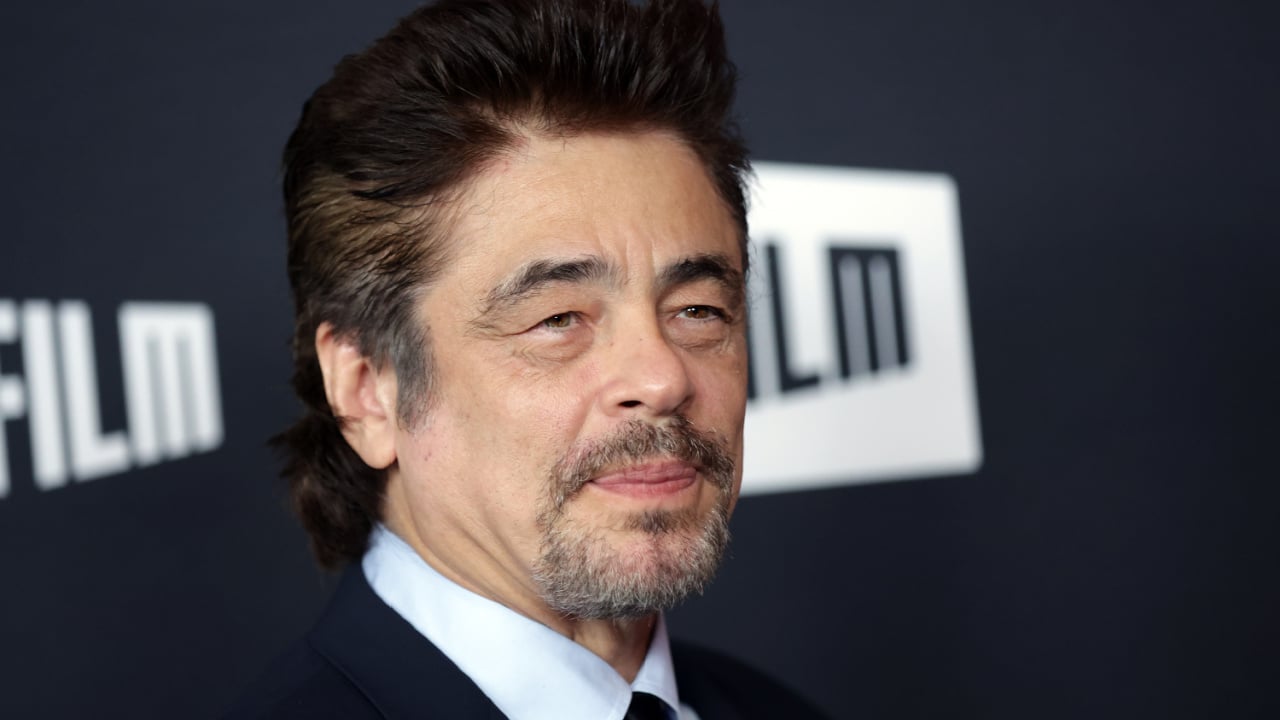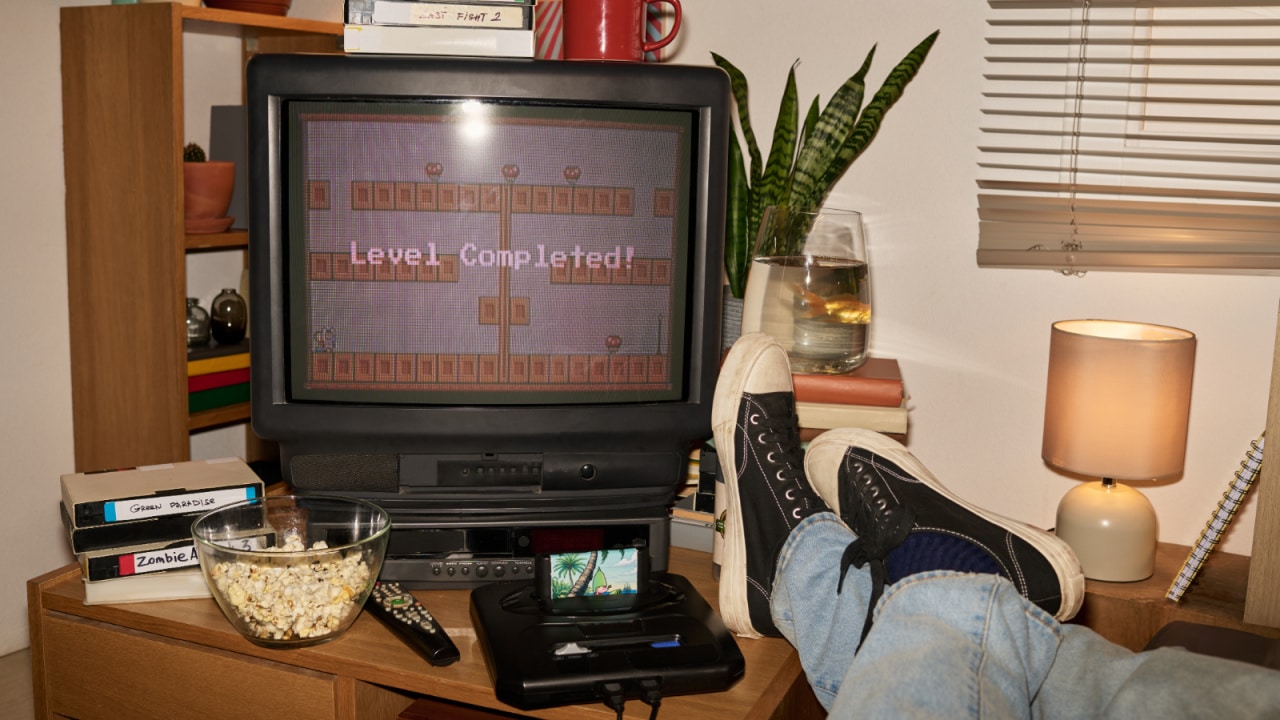Bachata Backstories: How Brothels and a Dictatorship Helped the Genre Survive
Just two and a half years ago, Bachata seemed a dying genre. Fast forward to the summer of 2023, the rhythm hailing from the Dominican Republic dominates Latin music. It also resonates in the voices of different nations, fusions, and languages.
Artists such as Rosalia, Shakira, Manuel Turizo, and Chayanne have embraced the genre. Moreover, the crossover of Bachata by pop heavyweights like Justin Timberlake and The Weeknd signals its triumphant resurgence.
“Bachata is one of the most generous genres and has been greatly underestimated. It will never die,” New York artist of Dominican descent Prince Royce told mitú. Along with the musical group Aventura and vocalist Romeo Santos, Royce has been instrumental in bringing Bachata to an international audience.
Between brothels and bolero, the origin of Bachata
Originally from the Dominican Republic, Bachata is a danceable musical genre with roots in urban folklore. It is a derivative of the rhythmic bolero and merengue. Its beginnings, like all cultural richness, can be traced back to the marginalized spaces of society — the bars and brothels of Santo Domingo.
In her book “Bachata: A Social History of a Dominican Popular Music,” Tufts professor Deborah Pacini Hernandez explains the etymology of the word “bachata” originates in 1920s Cuba.
In Santo Domingo, its use in the context of any type of music dates back to documents from 1922 and 1927.
However, the influence of the bolero forever changed Dominicans’ musical tastes during the 1930s and 1950s. Popular sonorities thus created a syncretism that gave rise to the music we recognize today.
Later, in the 1960s, local musicians began cultivating a unique Dominican expression. It was a new genre influenced by the popular music of countries such as Mexico, Cuba, and Puerto Rico.
Speaking of the genre’s allure, multi-award-winning composer Édgar Barrera told mitú, “Bachata is a tropical interpretation of bolero. Originally it was known as ‘bolero campesino.'”
“It’s been compared to the blues in the past. In terms of [structure], the kind of folks making it [were] on the margins of society — this was the blues in some way. It’s a little more cheerful, though than the blues. Even songs where they’re singing about a woman’s treachery… if you just listen to them musically, they still sound kind of sweet,” added Pacini Hernandez.
And then the death of a dictator changed everything
In the Dominican Republic in the 1940s and 1950s, dictator Rafael Trujillo and his family controlled the country’s music industry. That’s why the media censored Bachata, and the elite used to look down upon the rhythm.
After Trujillo’s assassination in 1961, several musicians left the countryside to record their songs in the capital, giving birth to the first generation of bachateros.
According to the “Bachata Nights” website, José Manuel Calderón is considered the first Dominican musician to record Bachata in 1962. After him came many more of the first bachata artists, such as Rodobaldo Duartes, Rafael Encarnación, Ramoncito Cabrera, El Chivo Sin Ley, Antonio Gómez Sacero, Luis Seguara, and the list goes on.
Bachata and migration
Nicknamed “música de amargue,” or music of bitterness during the late 1960s and early 1970s, the population ridiculed Bachata as the music of the lower classes.
But between the 80s and 90s, many Dominicans migrated to the U.S., introducing the genre in the major cities of the East Coast, making the rhythm take off in popularity.
In the early 1990s, artists such as Luis Vargas and Antony Santos became prominent, infusing their albums with a mix of Bachata and merengue. This marked the rise of the first wave of bachata pop musicians, paving the way for worldwide recognition of the genre, especially in Latinx nightclubs.
In 1992, Juan Luis Guerra’s album “Bachata Rosa” boosted the genre’s credibility and international appeal.
With the arrival of the new millennium, Aventura burst onto the scene. With Romeo Santos at the helm, they dominated the charts, filled stadiums, and elevated Bachata to unprecedented popularity.
“Whether you’re sad, want to dance, or maybe wallow in romantic despair, bachata is what you need,” Romeo Santos said.
Last year alone, two of the most popular Spanish-language songs on platforms such as YouTube, Spotify, and Apple Music were bachatas.
Manuel Turizo’s “La Bachata” not only reached the sixth position on the Billboard 200 but also earned him a duet with Coldplay in Colombia and Argentina.
Chayanne returned to the top of Billboard’s tropical music chart this week with the song “Bailando Bachata.”
And so, today, the genre’s influence can be seen everywhere.
Finally, the history of Bachata remains a testament to the enduring spirit of music that transcends borders and social classes. Its dance, meanwhile, is nowhere near taking its last step.



